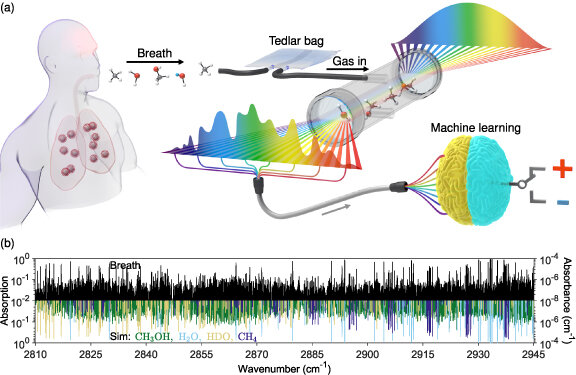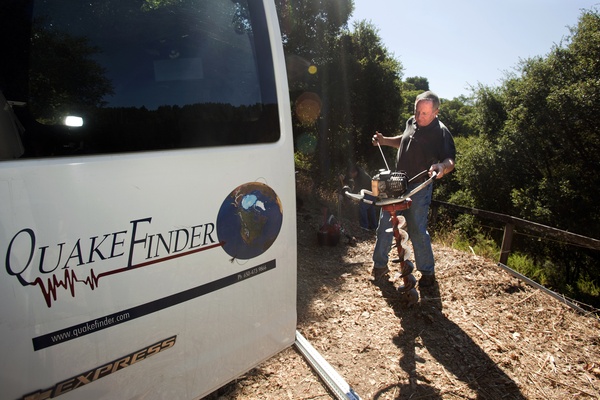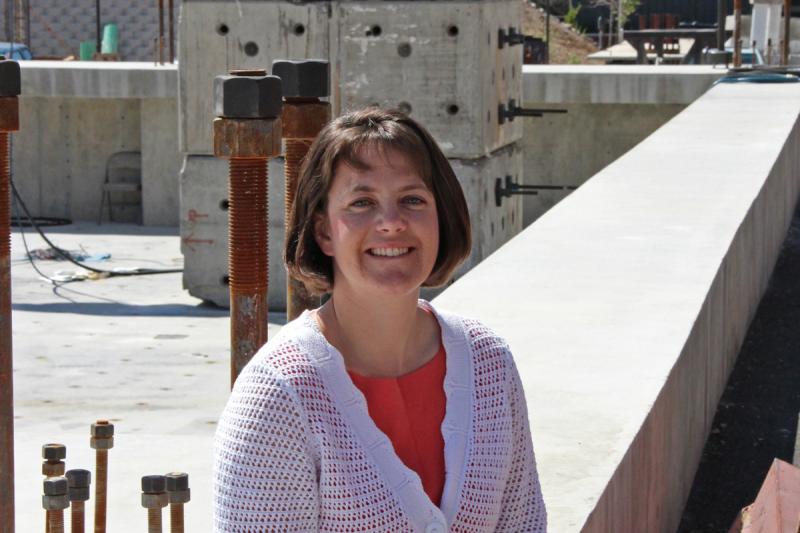You are here
Fri, 2011-04-01 15:45 — mdmcdonald
The Innovations Working Group is focused on potential and actual innovative solutions for impacted communities.
The mission of the Innovations working group is explore and implement potential and actual innovative solutions for impacted communities.
Working Group email address: ***@***.***
Add Content to this group
Members
| James Miller | Kathy Gilbeaux | Katie Rast | mdmcdonald | Mika Shimizu | Tomo |
| Yuki Karakawa |
Email address for group
innovations@m.resiliencesystem.org






/cloudfront-us-east-2.images.arcpublishing.com/reuters/YSXB2Z2ZA5I6FHHSHLQLEGFQGI.jpg)



Recent Comments